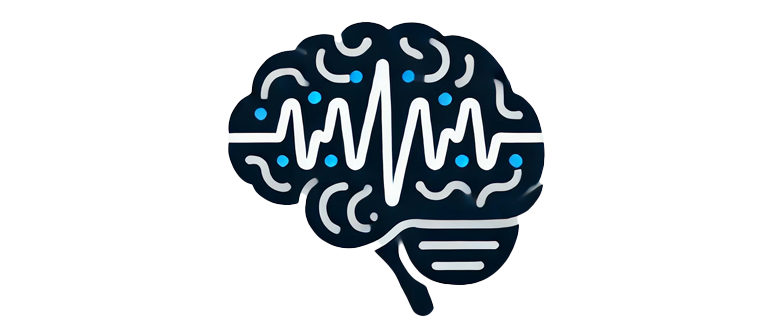An Electroencephalogram (EEG) is a non-invasive test that records electrical activity from the brain using small electrodes attached to the scalp. Here's a detailed guide to preparation and what happens during the procedure.
Preparation for an EEG
Hair Care:
Wash your hair the night before and avoid using any hair products like oils, sprays, or gels.
Clean hair ensures proper electrode contact.
Sleep Instructions:
Depending on the purpose of the EEG, you may be asked to sleep less than usual.
Medications:
Take your usual medications unless instructed otherwise by your doctor.
Avoid Stimulants:
Refrain from consuming caffeine, energy drinks, or other stimulants for 8–12 hours before the test.
Eat Normally:
Do not fast before the test. Low blood sugar can alter brain activity.
What Happens During an EEG?
Electrode Placement:
Small metal discs (electrodes) are attached to your scalp with a conductive gel or paste.
The process is painless, though the gel may feel slightly cool or sticky.
Recording Brain Activity:
You will sit in a comfortable chair or lie down.
We will record your brain activity while you relax with your eyes closed, open, or perform specific tasks.
Provocative Tests:
Hyperventilation: You may be asked to breathe deeply and rapidly for 2–5 minutes to provoke certain brainwave patterns.
Photostimulation: A flashing light will be used to see how your brain responds to visual stimuli.
Sleep Induction: If applicable, you may be asked to nap during the test.
Duration:
A standard EEG lasts 20–40 minutes. Longer monitoring (up to 24 hours) may be used in some cases.
After the EEG
We will clean off the gel and remove the electrodes.
You can resume normal activities immediately unless you've been sleep-deprived or given a sedative.
Results:
A neurologist will analyze the brainwave patterns for any abnormalities, such as:
Seizure activity (spikes or sharp waves).
Slowing of brain waves (associated with structural brain issues or other disorders).
Other irregular patterns, depending on the symptoms or condition being investigated.
Please let us know if you are late for your appointment or not coming:
We will be waiting for you
